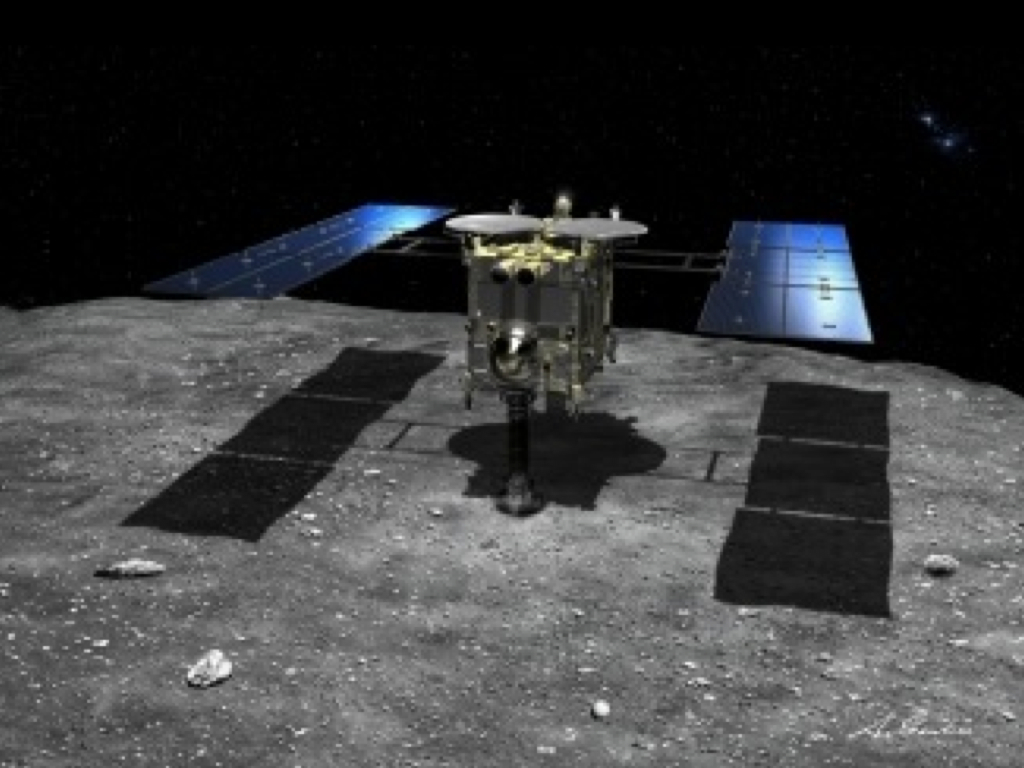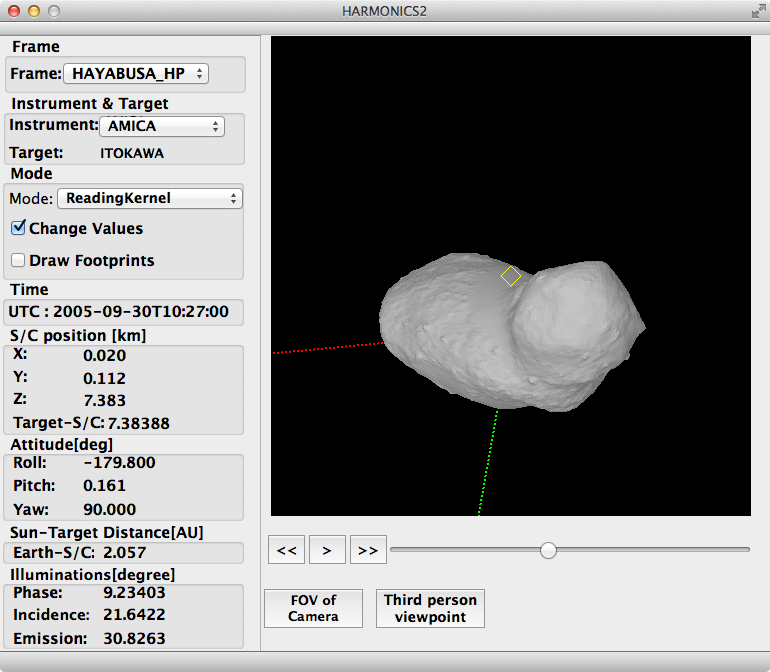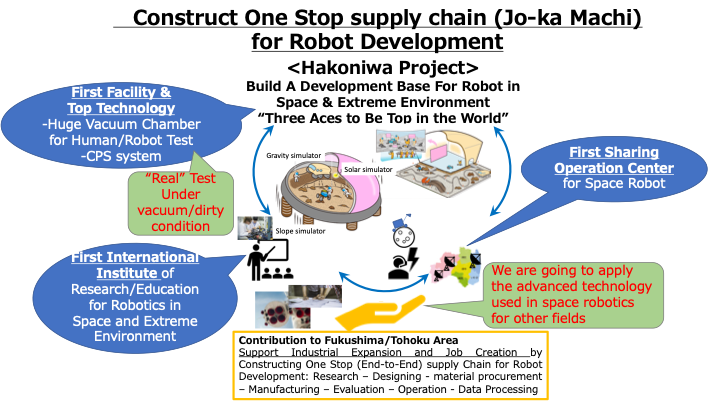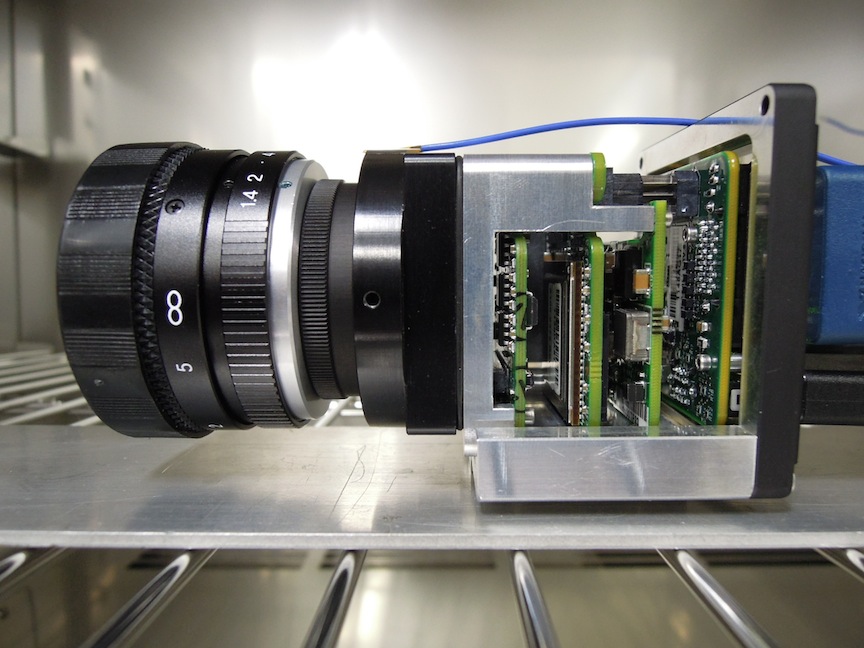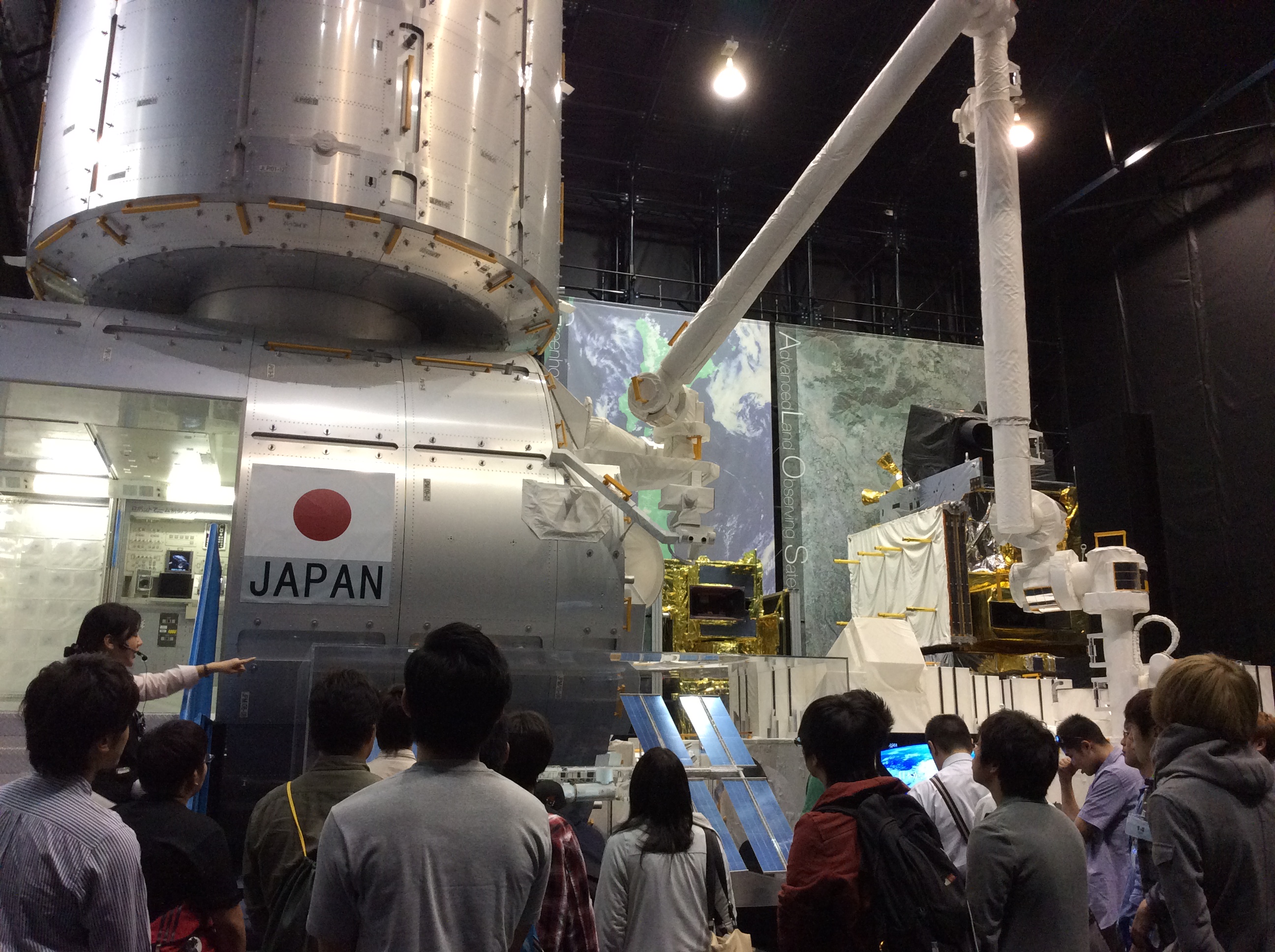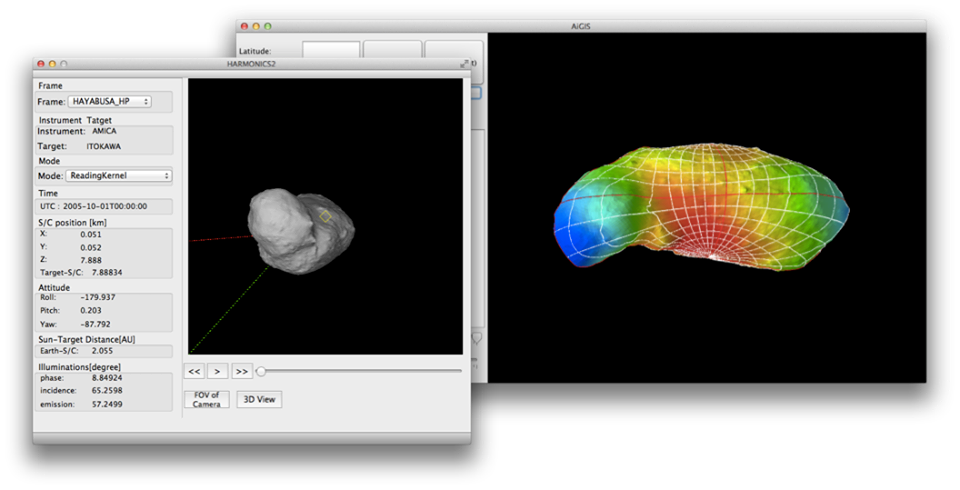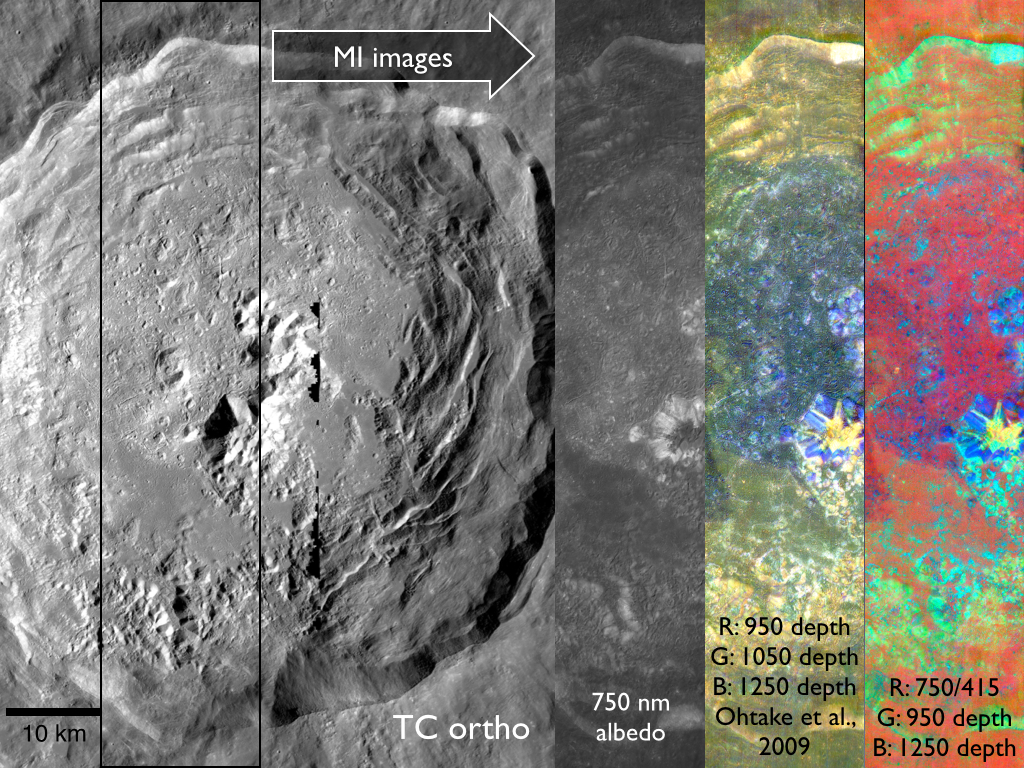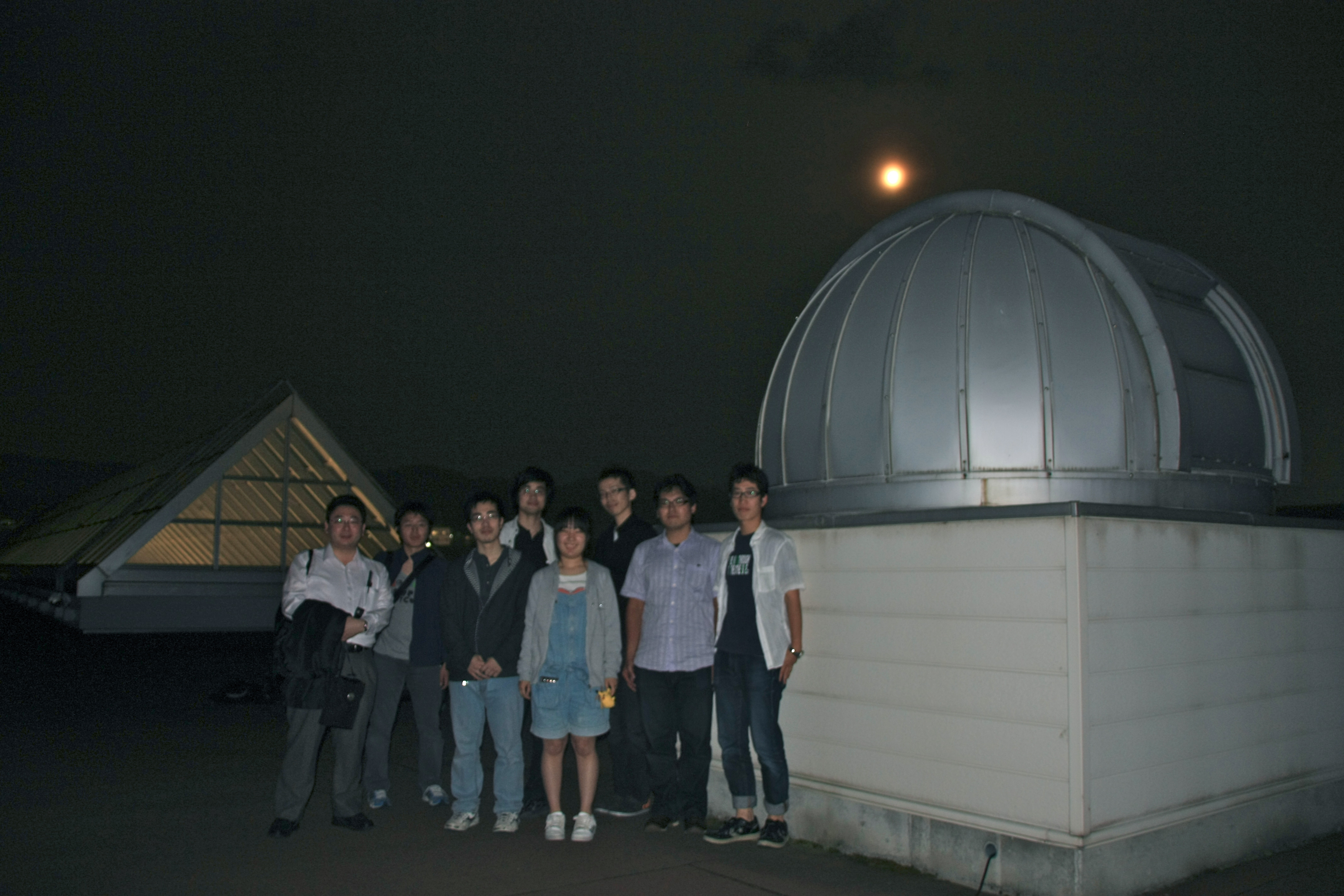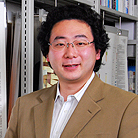
DEMURA Hirohide
Professor, Director of Aizu Research Center for Space Informatics
- Affiliation
- Department of Computer Science and Engineering/Division of Information Systems
- Title
- Professor, Director of Aizu Research Center for Space Informatics
- demura@u-aizu.ac.jp
Education
- Courses - Undergraduate
- LI14 Computer Science and Engineering Exercise II (Course Coordinator)
PL01 Intro.Programming
FU02 Information Theory and Data Compression (Course Coordinator)
OT02-2 Factories of Start-Up Ventures no.2, Utilization of Remote Sensing Data from Space (Course Leader)
OT03-4 Lunar and Planetary Data Analysis +JAXA TANPOPO project on the International Space Station (Course Leader)
- Courses - Graduate
- ITC08A Remote Sensing
ITC09A Fundamental Data Analysis in Lunar and Planetary Explorations
ITC10A Practical Data Analysis with Lunar and Planetary Databases (Course Leader)
SEA11 Software Engineering for Space Programs (Course Leader)
Research
- Specialization
-
Space and planetary sciences
Perceptual information processing
Intelligent informatics
Science and Engineering in Deep Space Explorations
Archive Science for Lunar and Planetary Explorations
Remote Sensing
Geographical Information System
Planetary Science
Solid Earth and Planetary Physics
- Educational Background, Biography
-
2002.11-now UoA Faculty Member
2019-now Director of Aizu Research Center for Space Informatics
2014.4-2016.3 Vice-Chair Dept. Comp. Info. Sys., Grad. School
2011.4-2013.3Visiting Associate Professor, JAXA/ISAS
2009-2018 Cluster Leader of the ARC-Space, Center of Advanced Info. Sci. and Tech.
2000.10-2002.10 NASDA(currently JAXA)PostDoc Fellow
1996-2000 Dept. Earth and Planetary Physics, Univ. Tokyo Doctor of Science (1999.3)
1994-1996 Dept. Earth Science, Univ. Tsukuba Master of Science (1996.3)
1990-1996 College of Natural Sciences, Univ. Tsukuba Bachelor of Science (1994.3)
Joined Space Projects, Data Analysis Teams
1993-2010 Hayabusa (AMICA Team, Asteroidal Shape Modeling)
1994-2003 Nozomi (Mars Imaging Camera Team)
2000-2009 Kaguya (LISM Team, Ground System Preparation)
2006-2014 Collaboration for Liquid Crystal Tunable Filter(LCTF, on Rising-2)
2006-now Thermal Infrared Imager and Rovers on Hayabusa2, etc.
2006-now Synthetic Aparture Radar Systems for Earth: PALSAR, PALSAR-2 (Satellite Data Analysis WG, Coordinating Committee for the Prediction of Volcanic Eruption)
)
2013-now TANPOPO series on Intl. Space Station
2014-now Life Detection Microscope on Mars
2017-now Destiny+ to the asteroid Phaeton
2020-now TIRI on Hera, AIDA mission by ESA, NASA, and JAXA
2021-now Multiband Imager: ALIS on LUPEX to the Moon
- Current Research Theme
- Archive Science (Data Science) for Lunar and Planetary Explorations
Software Enfineering for Deep Space Explorations
Calibration in Remote Sensing
- Key Topic
- Science and Engineering for Deep Space Explorations
Computer Vision
Image Recognition
Machine Learning
Data Science
Planetary Science
- Affiliated Academic Society
- Japan Geoscience Union, Info. Processing Society of Japan, The Meteoritical Society,Japanese Society Planetary Sciences, The Geodetic Society of Japan, The Remote Sensing Society of Japan, Japan Society of Geoinformatics, Tokyo Geographical Society,American Association for the Advancement of Science
Others
- Hobbies
- Reading, Star-gazing
- School days' Dream
- Explorations into our Solar System, stimulated by the Ground Tour of Voyagers(!)
- Current Dream
- Promortion of Archive Science for Lunar and Planetary Explorations
Deep Space Explorations such as to the Moon, Mars, and asteroids
Creating New Frontiers
- Motto
- X comes from the frontier. Inscrutable are the ways of heaven.
- Favorite Books
- The Tacit Dimension by Michael Polanyi
Invention by Norbert Wiener
Intuitive method of the physical mathematics by S. Naganuma (in Japanese)
- Messages for Students
- Have your major and minor (tools except for ICT bring fertile ideas)!
Let us continue learning widely with fun!
Main research
- Asteroid Explorer Hayabusa2
-
Many members from the University of Aizu, in particular faculty members from CAIST/ARC-Space, have been involved with Hayabusa 2, the asteroid explorer launched by JAXA in 2014. Our University's members have been conducting research in connection with this project in anticipation of Hayabusa 2's arrival at the asteroid 162173 Ryugu in 2018, to be followed by its return to Earth in 2020. Specifically teams at the University have been engaged in developing observation instruments, which include the near infrared spectrometer installed on Hayabusa 2, and in developing analytic software that will model the shape of the asteroid based on data captured by the probe's observation instruments.
JAXA Hayabusa 2 project website
*Material from JAXA's digital archives has been used for the banner images, etc.
- Developing analytic software for lunar and planetary exploration data
-
Japan's lunar and planetary exploration projects have already generated a lot of observation data, as seen from its Hayabusa asteroid explorer project and Kaguya lunar explorer project. To get the most out of this valuable asset, software will be required that assists with analyzing all that data, helping researchers to advance their scientific analyses across a broad front.
We are investigating technologies that enable the visualization of complex data in an easy to understand fashion, and technologies that will let researchers spot really important pieces of information from a huge mass of data.
- Hakoniwa Program (Moon/Mars Garden Program)
- Onboard instruments for Lunar and Planetary Exploration missions
-
Onboard instruments for Lunar and Planetary Exploration missions
- Project: The Tanpopo cosmic dust collector on the International Space Station
-
It is possible that the cosmic dust floating throughout space contains either actual microorganisms, or the organic compounds that form them. Japan's Tanpopo project is an experiment in astrobiology which will see a special collector attached to the International Space Station that will capture such cosmic dust. The Tanpopo project is being conducted by a number of universities and research institutions including the University of Aizu, and in particular faculty members and student advisees from our CAIST/ARC-Space and Image Processing Course are taking part, along with Student Cooperative Class Project (SCCP) participants. The team is developing software that will pick out cosmic dust particles using image processing based on micrographs from the collector made up of an ultra-low density materials called Silica aerogel. The team is also developing a device that will cut off the collectors that contain the cosmic dust.
For more on the Tanpopo Project (external link): http://logos.ls.toyaku.ac.jp/~lcb-7/tanpopo/introduction.html
- Promotion of Space Software from UoA! (Factories for Start-Up Ventures, etc.)
-
This has been started as an educational project supported by Coordination Funds for Promoting AeroSpace Utilizaiton MEXT (2017-19).
O02-2 Factories for Start-Up Ventures no.2 Space Utilization of Remote Sensing Data, CFS Creative Factory Seminar, O03 SCCP Lunar and Planetary Data Analysis & Tanpopo on ISS, and delivery lectures for junior/senior highschool students.
https://arcspace.jp
https://www.facebook.com/SpaceSoftUoA/
- Scientific analysis of earth, lunar and planetary remote sensing data
-
So that we may learn more about the formation and the future evolution of our solar system, it is extremely important to analyze the remote sensing data captured by lunar and planetary explorers and earth observation satellites. Deploying software technology for analyzing data researched and accumulated by the University, our teams are making new discoveries in the field of earth planetary science and conducting further research into disaster prevention and the environment.
- Student Cooperative Class Project: Lunar and Planetary Data Analysis & Tanpopo Project on ISS
-
Student Cooperative Class Project: Lunar and Planetary Data Analysis
Dissertation and Published Works
・Demura et al.(2006) Science 312, 1347-1349 "Pole and Global Shape of 25143 Itokawa"



